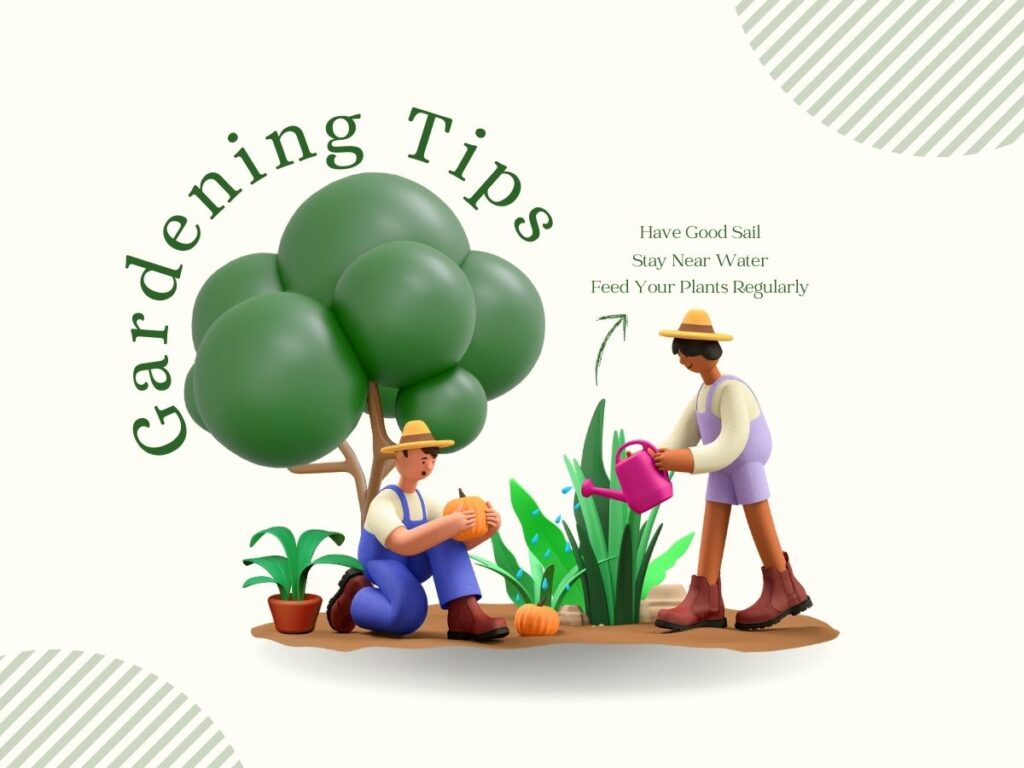Ten Steps to Beginning a Garden
Beginning a Garden is a rewarding and therapeutic activity that allows you to connect with nature, nurture plants, and create a beautiful space to unwind. However, for beginners, the process can seem a bit daunting.
Fret not! In this comprehensive guide, we’ll take you through ten essential steps to kickstart your gardening journey successfully. From choosing the right location to nurturing your plants, let’s dive into the world of gardening.

1. Selecting the Perfect Location
The first step to a thriving garden is finding the ideal spot. Look for an area in your yard that receives ample sunlight throughout the day. Most plants require at least six hours of direct sunlight to flourish. Additionally, ensure that the chosen location has easy access to water and is well-drained to prevent waterlogging.
2. Planning Your Garden Layout
Before you start digging, have a plan in place. Decide on the type of garden you want, be it a vegetable patch, a floral oasis, or a mix of both. Sketch out the layout on paper, taking into consideration the mature size of the plants and leaving enough space for pathways.
3. Testing and Preparing the Soil
Healthy soil is the foundation of a successful garden. Perform a soil test to assess its pH level and nutrient content. Based on the results, amend the soil with organic matter like compost, peat moss, or well-rotted manure. This will boost soil fertility and provide vital nutrients to your plants.
4. Choosing the Right Plants
When beginning a garden, opt for plants that are easy to grow and well-suited to your climate. Local nurseries can be a great resource for finding native plants that thrive in your area. Consider factors like sunlight requirements, water needs, and the overall maintenance of each plant.

5. Planting with Care Beginning a Garden
Once you’ve acquired your chosen plants, it’s time to plant them with precision. Follow the planting guidelines, ensuring that each plant is placed at the appropriate depth and spacing. Proper planting promotes strong root development and overall plant health.
6. Providing Adequate Watering
Watering is a critical aspect of gardening, especially for newly planted specimens. Be mindful not to overwater or underwater your plants. A good rule of thumb is to water deeply and less frequently. Use a soaker hose or drip irrigation system to deliver water directly to the root zone.
7. Mulching for Moisture Retention
Mulching is an excellent practice to conserve soil moisture and suppress weed growth. Spread a layer of organic mulch, such as wood chips or straw, around your plants. Mulch also helps maintain a consistent soil temperature and protects the roots from extreme weather conditions.
8. Fertilizing for Optimal Growth at the time of Beginning a Garden
To ensure vigorous growth and abundant blooms, feed your plants with the appropriate fertilizer. Choose a balanced, slow-release fertilizer that matches the specific needs of your plants. Avoid over-fertilizing, as it can lead to excessive foliage growth and weaker plants.
9. Pest and Disease Management of Beginning a Garden
Keeping your garden healthy also involves staying vigilant against pests and diseases. Regularly inspect your plants for any signs of infestation or illness. Introduce natural predators, like ladybugs and praying mantises, to control pests organically. Neem oil and insecticidal soaps can also be used as effective treatments.

10. Continuous Maintenance and Care
Gardening is an ongoing endeavor that requires continuous care. Regularly prune dead or damaged foliage, deadhead spent flowers, and remove weeds. Stay attuned to the changing needs of your garden and adapt your care routine accordingly.
Remember Beginning a Garden..
Embarking on a gardening journey can be both fulfilling and gratifying. By following these ten essential steps, you’ll be well on your way to creating a vibrant and thriving garden.
Remember, each garden is a unique expression of its caretaker, so don’t be afraid to experiment and let your creativity blossom. With patience, love, and dedication, your garden will flourish, providing you with a tranquil sanctuary and a sense of accomplishment. Happy gardening!


